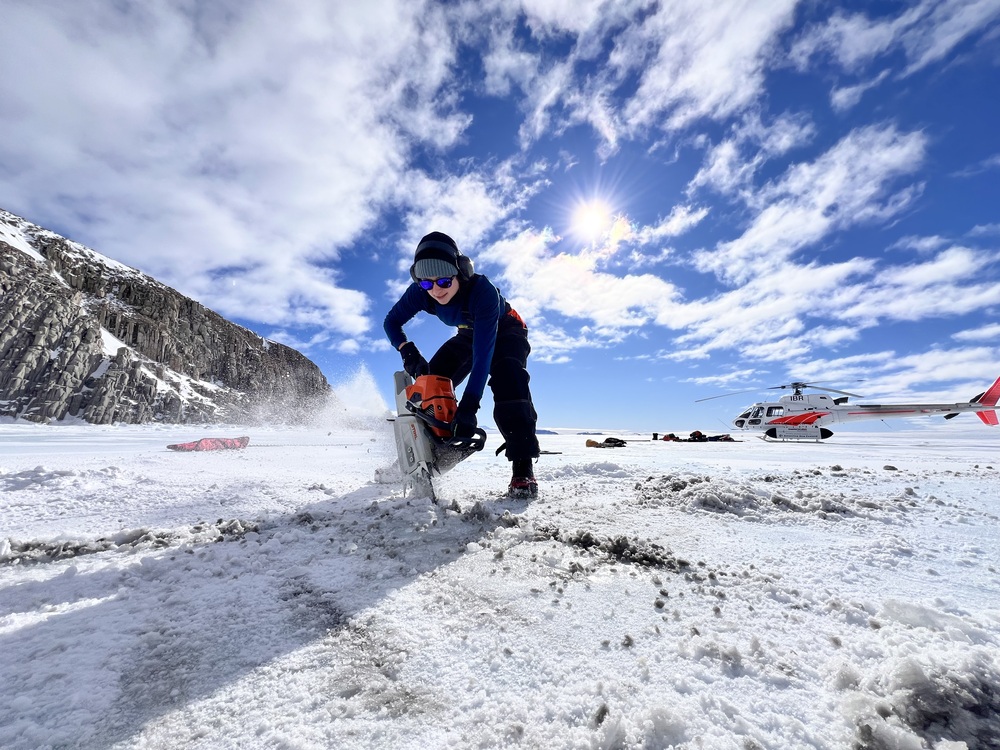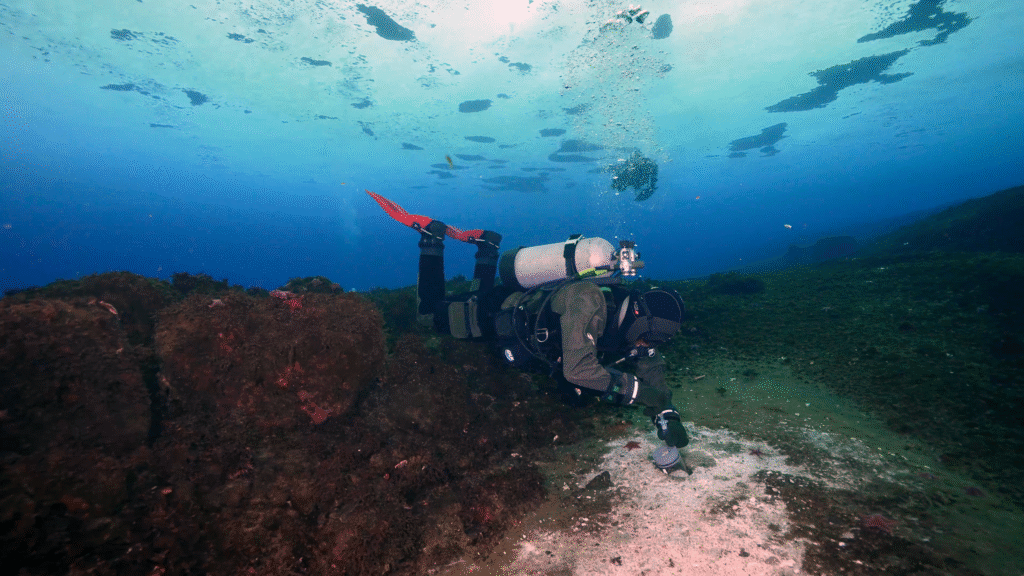Scientists have discovered that a powerful greenhouse gas is starting to seep from the Antarctic ocean floor in dozens of locations.
The researchers recorded these methane seeps appearing in shallow areas of the Ross Sea, an inlet off the southern coast of Antarctica. According to a new study published in the journal Nature Communications on October 1, partial gas leaks could be caused by global warming, and could even accelerate it.
you may like
“If they follow the behavior of other global upwelling systems, they could rapidly move methane into the atmosphere from sources that are not currently factored into future climate change scenarios,” Seabrook added.
Methane (CH4) is a greenhouse gas that traps heat in the atmosphere by absorbing outward radiation. When first released into the atmosphere, methane traps heat much more effectively than carbon dioxide (CO2), becoming about 80 times more effective during its first 20 years in the atmosphere. This makes methane a particularly powerful driver of climate change in the short term. (CO2 remains in the atmosphere longer, making it a more important factor in the long run.)
About 60% of methane emissions come from human activities such as agriculture and burning fossil fuels, while the remaining 40% comes from natural sources. Scientists worry that as the planet warms, more natural sources of methane and carbon dioxide, such as those found in melting permafrost, are being released, creating a positive feedback loop that accelerates warming even further.
Researchers have previously discovered tens of thousands of methane leaks in the Arctic, but before the new study, only one methane leak had been confirmed in the Antarctic, in 2011. When methane and other chemicals released from the ocean floor dissolve in seawater, underwater leaching creates a stream of bubbles. They can be identified on the ocean floor as white mats of microbial communities live around the seeps.

In the new study, researchers used acoustic surveys, divers and remotely operated vehicles to investigate seeps located between 16 feet (5 meters) and 787 feet (240 meters) below the ice surface in the Ross Sea off mainland Antarctica. The team initially went to investigate just one seep, Cape Evans, on the west side of Ross Island, but were surprised to find seeps scattered on the ocean floor.
“Last year, we went to Cape Evans to look at a small area where gas bubbles had been discovered, hoping to find one spot still bubbling,” Seabrook said. “Instead, we found dozens more.”
The researchers surveyed an area that has been regularly surveyed for decades. In other words, this outpouring must be a new feature. Although it is not known exactly what causes the seeps to appear, the researchers noted that similar processes in the Arctic and in the paleorecord (past environments) are due to climate-induced changes in the cryosphere, or the deterioration of the Earth’s ice that previously trapped these chemicals in place.
It’s unclear how much methane is leaving Antarctica and reaching the atmosphere, and how much is trapped beneath the melting ice, but researchers fear the leaching could be widespread. This raises concerns about positive feedback loops as well as a range of other knock-on effects caused by methane, such as ocean acidification.
Seabrook and colleagues recommended a coordinated international effort to urgently investigate the seeps.
“If these seeps continue to appear in the areas where we operate, it really raises the question of what shallow Antarctic coastal environments will look like five or 10 years from now,” Seabrook said. “This system is rapidly changing before our eyes every year.”
Source link

